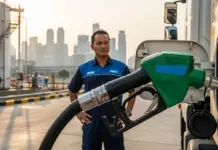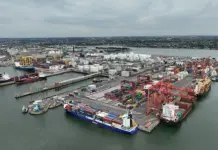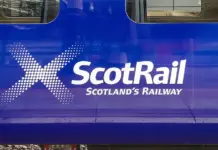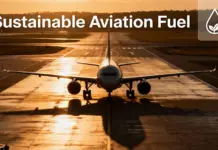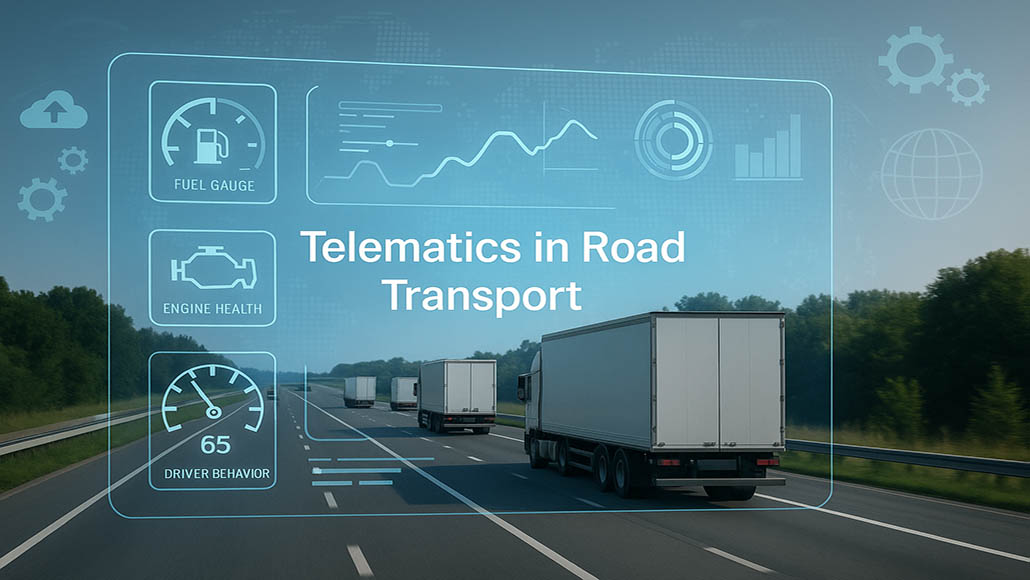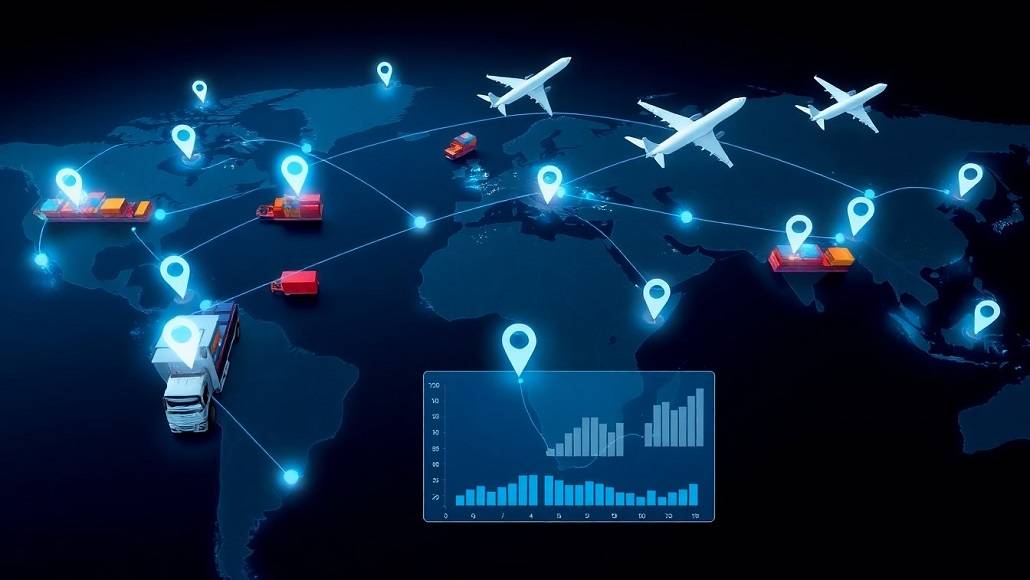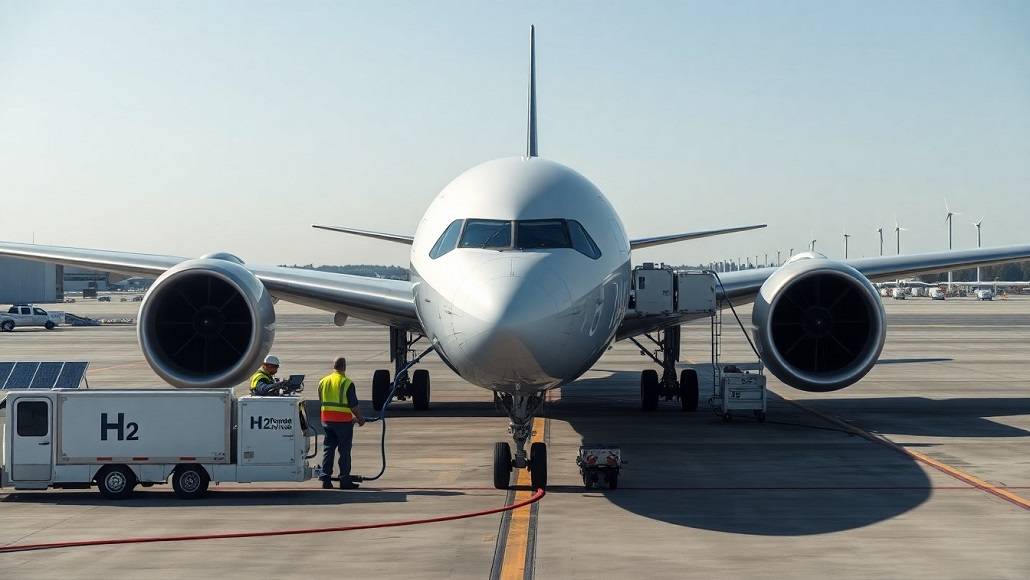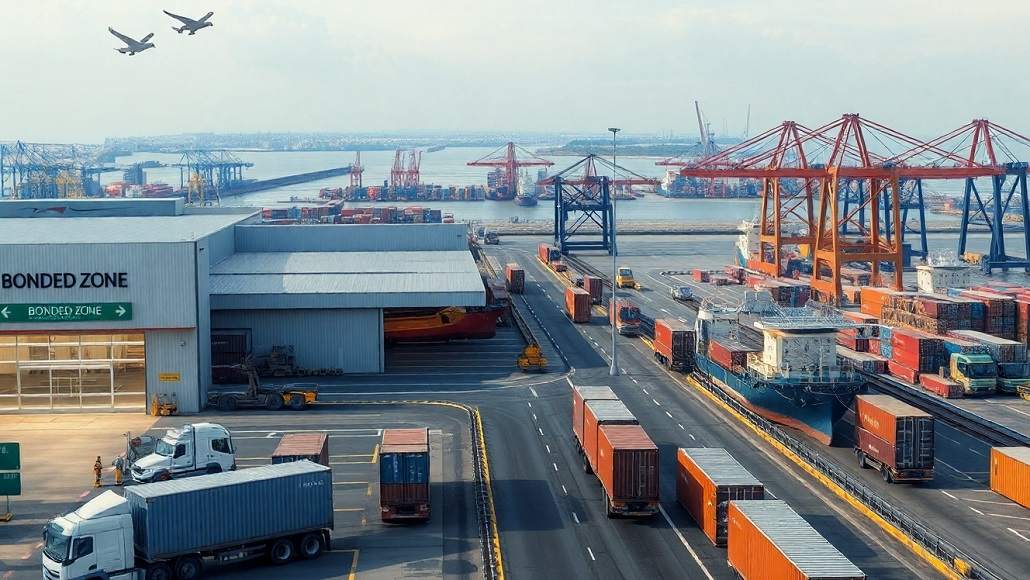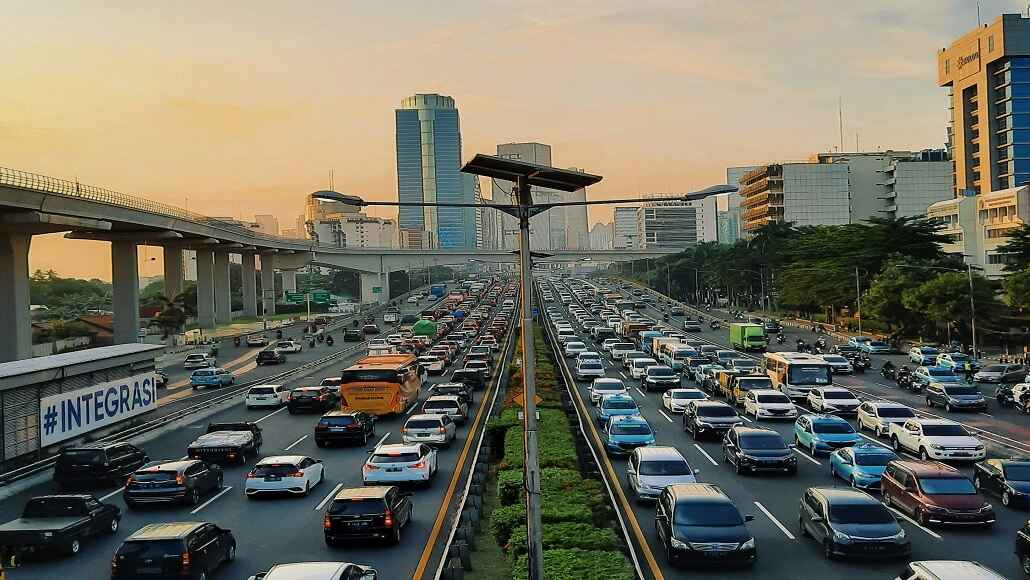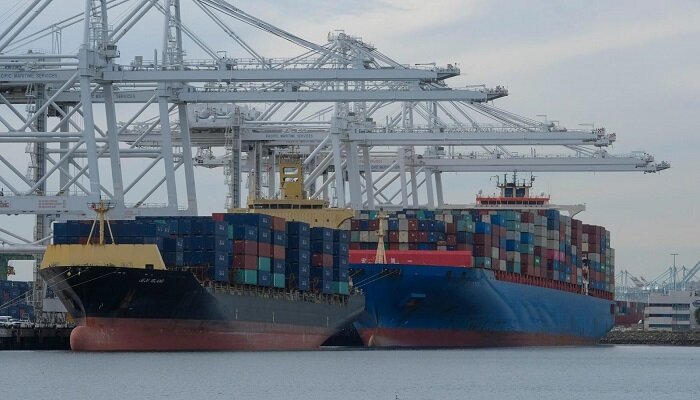The European Union’s emissions trading system (ETS) will now encompass the shipping industry, starting on January 1, 2024. This move, already in place for numerous EU-based onshore energy and manufacturing companies, mandates that shipping companies emitting greenhouse gases (GHGs) participate in the EU carbon-trading market. They must utilize EU allowances (EUAs) to account for their emissions, with each EUA covering one metric ton of GHG emissions.
For voyages entirely within the EU, EUAs must be used to settle emissions liability for the entire voyage, including in-port emissions during loading and unloading. In the case of voyages that either start or end in non-EU ports, they are responsible for 50% of GHG emissions for the voyage itself and 100% of emissions at the EU port where loading or unloading takes place.
But what defines a “voyage”? To illustrate, if a ship travels from Houston to Rotterdam, the GHG liability will be based on 50% of the emissions calculated for that route. However, if the vessel sails from Houston to Felixstowe, United Kingdom (outside the EU), and then proceeds to Rotterdam, the GHG liability is calculated solely for the UK-to-Rotterdam leg. In essence, adding an intermediate stop can potentially reduce a vessel’s ETS costs. Nevertheless, Ulrich Ulrichs, CEO of BBC Chartering, cautioned that this strategy might not always be worthwhile considering the added expenses and time incurred.
Initially, carriers will experience a phased implementation of shipping into the ETS system. In 2024, vessels with a gross tonnage of 5,000 or more must submit EUAs to cover 40% of their GHG emissions; this increases to 70% in 2025 and ultimately reaches 100% in 2026 and beyond.
This discount applies to all voyages under the EU ETS, even those within the EU. For voyages outside the EU, the staged discount is applied after the 50% reduction is calculated. Nonetheless, Ulrichs noted that it represents a substantial surcharge.
Vessel operators acquire certificates (EUAs) and deliver them to the owner or technical manager for emissions accounting. The certificate prices are subject to fluctuation and volatility, according to Ulrichs. BBC, for instance, anticipates purchasing and retaining a specific number of certificates to effectively manage pricing for their clients.
How will these costs be transferred to cargo owners? For contracts involving specific port pairs, predictable volumes, and types of cargo, Ulrichs assured that discussions would be straightforward and transparent with clients. However, some cargoes are more challenging to allocate. ETS charges for spot business may be bundled into overall freight rates, he explained.
The chartering desk will evaluate factors such as port pairs, voyages, emissions, and cargo types, possibly enlisting chartering brokers to provide initial estimates. The final pricing will depend on variables including cargo, stowage, vessel capacity, distances, and port pairings. BBC will continuously assess whether they are on target, too low, or too high with their pricing, closely monitoring the certificate price trends.
At present, BBC aims to raise awareness among their clients, traders, and owners, including those from foreign vessel companies.




